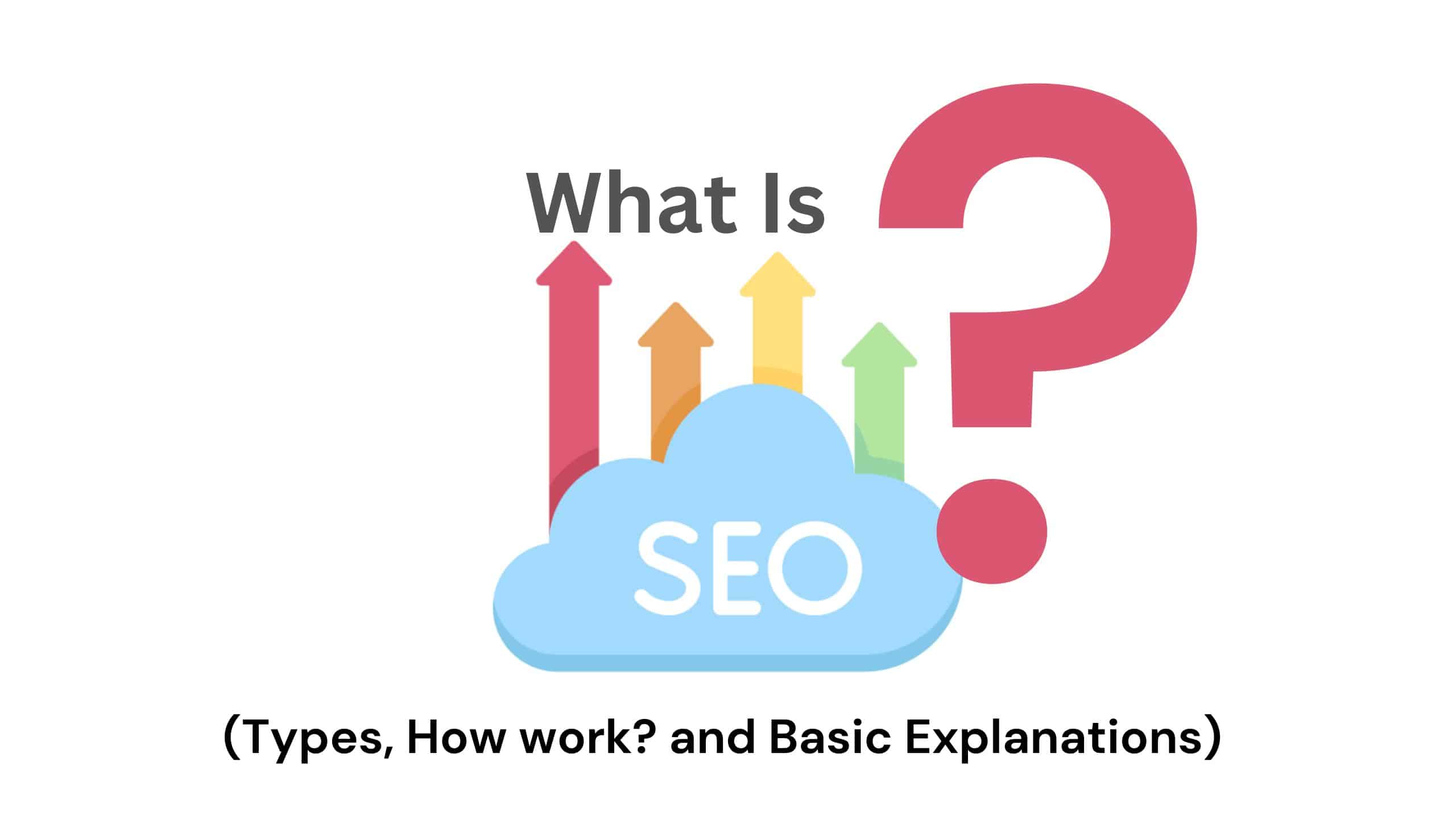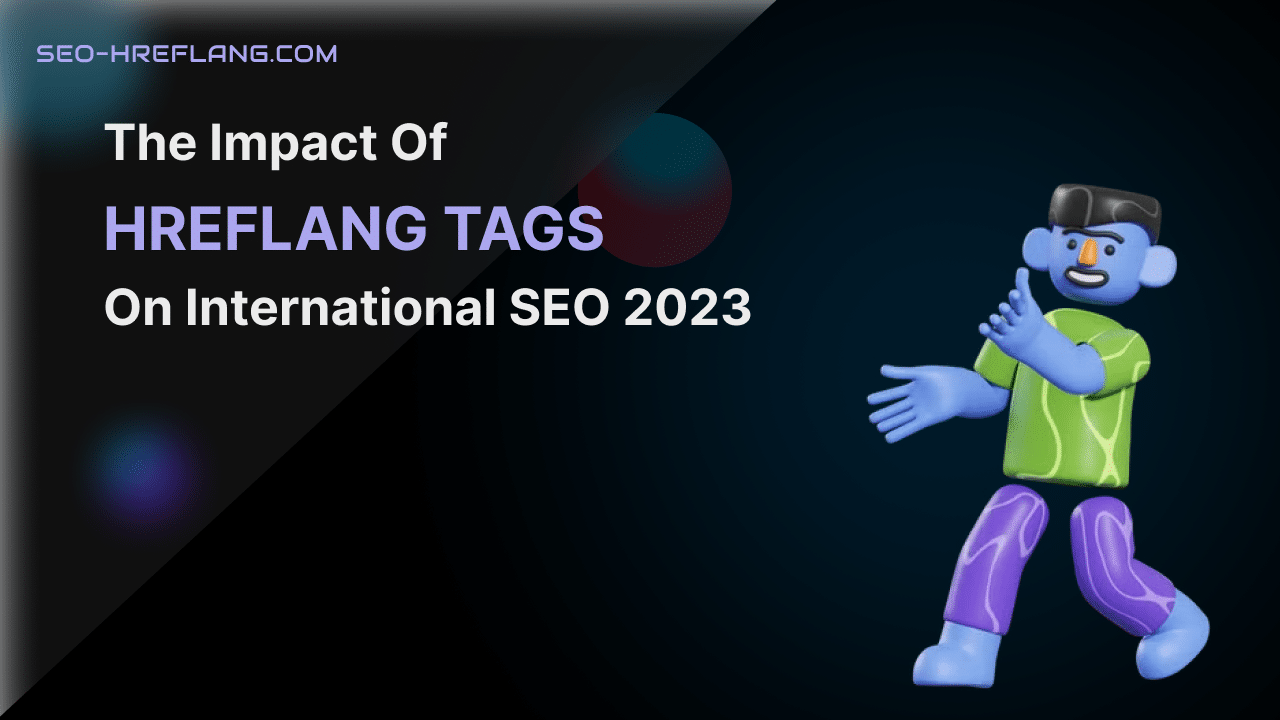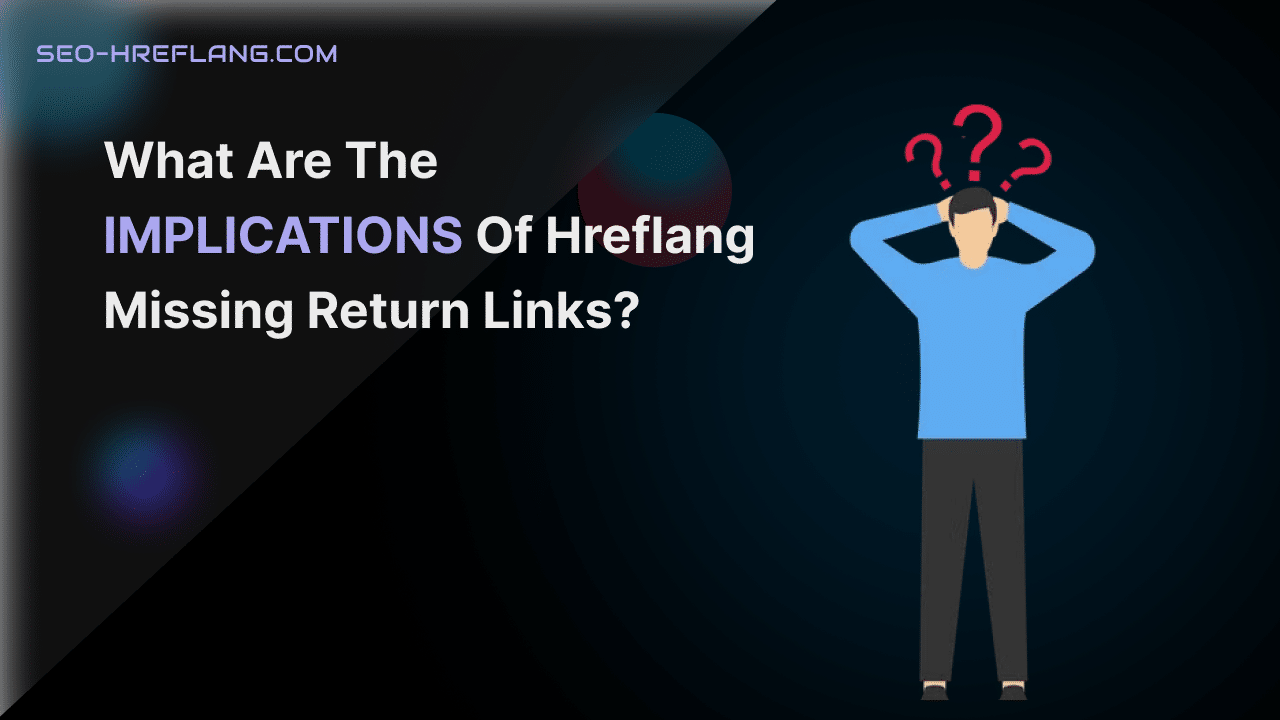In today’s globalized world, having a multilingual website can be a huge advantage for businesses looking to expand their reach and attract customers from different regions. However, creating a multilingual website can be a complicated process, especially when it comes to optimizing it for search engines.
One of the most important aspects of multilingual SEO is the use of hreflang tags. Hreflang tags are HTML attributes that tell search engines which language and geographic region a page is intended for, and help ensure that the correct version of a page is served to users in different countries.
Hreflang tags are important for a number of reasons. First, they help search engines understand the different language versions of your website and which version should be shown to users based on their location and language settings. This can help improve your website’s visibility and rank higher in search engine results pages for multilingual queries.
Second, hreflang tags can help prevent duplicate content issues. Without hreflang tags, search engines may view different language versions of a page as duplicate content, which can lead to lower rankings and penalties.
Finally, using hreflang tags can help improve the user experience for visitors to your website. By serving them the correct version of a page based on their language and location, you can provide them with relevant and personalized content, which can lead to higher engagement and conversions.
When implementing hreflang tags, it’s important to follow best practices and avoid common mistakes. For example, make sure that the hreflang tags are included in the head section of your HTML code, use ISO language and country codes correctly, and avoid linking to pages with different language and country variations in the same URL.
- Include the hreflang tags in the head section of your HTML code. This ensures that search engines can easily find and understand them.
- Use ISO language and country codes correctly. The hreflang attribute should include both the language and the country/region, separated by a hyphen. For example, “en-US” for English speakers in the United States.
- Make sure that your language and region codes match the content on your page. If you’re serving different versions of a page to users in different countries, make sure that the content is relevant and appropriate for each country.
- Avoid linking to pages with different language and country variations in the same URL. For example, don’t use “example.com/en-US” and “example.com/fr-FR” to serve different language versions of the same page.
If you’re using WordPress to manage your website, the SEO Hreflang Customizer plugin can help make the process of adding hreflang tags to your pages and posts much easier. The plugin allows you to add hreflang tags to individual pages and posts, and even generates them automatically based on your website’s language and region settings.
If you’re running a website that targets users in multiple countries and languages, optimizing it for search engines can be a complex and challenging task. One of the most important aspects of multilingual SEO is the use of hreflang tags.
Multilingual SEO Hreflang tags
Hreflang tags are HTML attributes that tell search engines which language and geographic region a page is intended for. They help ensure that the correct version of a page is served to users in different countries, depending on their language and location settings.
Using hreflang tags correctly is crucial for your website’s multilingual SEO strategy. Here are some of the key benefits:
- Improved Visibility: Hreflang tags help search engines understand the different language versions of your website and show the correct version of a page to users based on their location and language settings. This can help improve your website’s visibility in search engine results pages for multilingual queries.
- Prevention of Duplicate Content: Without hreflang tags, search engines may view different language versions of a page as duplicate content, which can lead to lower rankings and penalties. Hreflang tags help prevent this by indicating which version of a page is the canonical version.
- Enhanced User Experience: By serving the correct version of a page to users based on their language and location settings, hreflang tags can help improve the user experience on your website. This can lead to higher engagement and conversions.
When implementing hreflang tags, it’s important to follow best practices to avoid common mistakes that can negatively impact your website’s SEO. Here are some tips:
- Use ISO Language and Country Codes: The hreflang attribute should include both the language and the country/region, separated by a hyphen. For example, “en-US” for English speakers in the United States.
- Include Hreflang Tags in the Head Section of HTML: This ensures that search engines can easily find and understand them.
- Match Language and Region Codes with Content: Ensure that your language and region codes match the content on your page. If you’re serving different versions of a page to users in different countries, make sure that the content is relevant and appropriate for each country.
- Avoid Linking to Pages with Different Language and Country Variations in the Same URL: For example, don’t use “example.com/en-US” and “example.com/fr-FR” to serve different language versions of the same page.
If you’re using WordPress to manage your website, the SEO Hreflang Customizer plugin can help you add hreflang tags to your pages and posts quickly and easily. The plugin generates hreflang tags automatically based on your website’s language and region settings, making the process of optimizing your website for multilingual SEO much simpler.
In conclusion, hreflang tags are an essential aspect of multilingual SEO and can help your website rank higher in search engine results pages for multilingual queries. By using hreflang tags correctly and avoiding common mistakes, you can ensure that your website is optimized for international audiences and provides a great user experience for visitors from all over the world.





